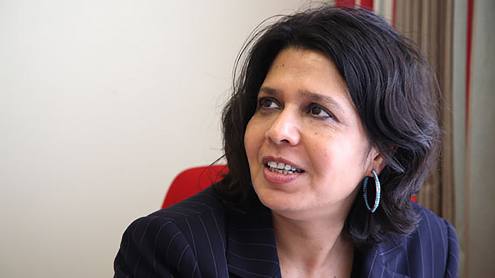The world needs $57,000bn in infrastructure investment between now and 2030, according to a report by consultancy McKinsey at the start of 2013.
That need may be greatest in the faster growing emerging markets, where transport and power networks are still underdeveloped.
But more developed economies also have important projects, and many are now facing severe constraints on public sector finances.
This all coincides awkwardly with Basel III regulations, which are introducing capital and liquidity rules that tend to deter banks from large, long-term project loans. In a few emerging markets such as Turkey, liquidity-rich banking sectors are building significant local project finance portfolios.
But Western European banks are deleveraging, and in many emerging markets the banking sectors do not yet have access to the long-term funding streams needed for project finance.
That is the dilemma the B-20 (business leaders from 20 nations) have asked a task force under Kirill Dmitriev, chief executive of the Russian Direct Investment Fund, to address in time for the G-20 meetings in St Petersburg in September 2013.
The good news, according to Mr Dmitriev, is that there is $27,000bn in long-term capital sitting in pension funds, insurance companies and sovereign wealth funds around the world, some of which could be deployed to plug the funding gap. The challenge is matching it to viable projects without exposing pensioners’ savings to unreasonable risks.
Institutional investors tend to find early-stage project finance risks particularly unpalatable. The cost of preparing a tender and feasibility study can run into millions for a project that might not get off the ground on time, if at all.
Banks have historically financed such costs as part of a broader relationship with large corporate clients. Fund managers do not have that kind of relationship.
Experience even in the most developed project finance markets such as the UK shows that investors would much rather refinance existing infrastructure with established revenue streams.
To overcome this problem, Mr Dmitriev’s group is advocating the creation of a G-20 project preparation fund of at least $200m to co-finance the preparatory stage and help generate a pipeline of properly organised greenfield infrastructure deals. This sounds more useful than leaning on banks to increase lending while at the same time upping their capital requirements.






